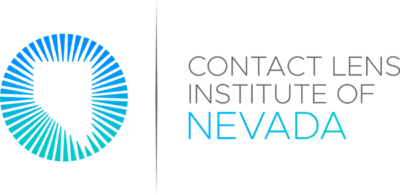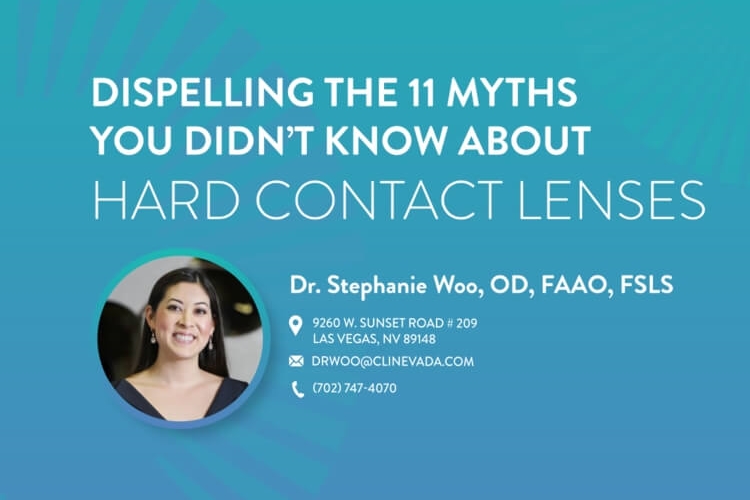In this video, join Dr. Stephanie Woo for a live demonstration of the EyePrint Prosthetic on a real patient.
This patient suffers from poor vision as a result of prior eye surgery. She had radial keratotomy surgery (also known as RK surgery) in the early 1990’s. This surgery was a popular option for patients looking to eliminate their glasses or contact lenses.
RK surgery involved the surgeon making small cuts onto the cornea in a spoke-like pattern, hence the name “radial.” Making the incisions allowed the cornea to reshape and become flatter in the center. This changed the shape of the eye, which reduced the need for glasses or contact lenses.
Most RK patients saw well for many years, but as time has progressed, there have been many issues.

RK scarring in the cornea
RK patients suffer from blurry vision, distorted vision, ghosted vision, shadow-y vision, double vision, and other visual complications.
This patient also has a corneal transplant. This was due to the enormous amount of scar tissue in the center of the cornea.
Due to her very irregular cornea, we decided to fit her into an EyePrint Prosthetic.

The Eyeprint procedure is painless and take less than 3 minutes
Step-by-step instructions:
-
First, the tip is placed at the edge of the impression material and locked into place.
-
Next the trigger is squeezed, which allows 2 separate materials to combine in the chamber of the tip.
-
The mixed materials are placed into a small plastic tray.
-
We wait for 40 seconds for the material to set.
-
Then, the patient looks at their fixation target.
-
Quickly, the impression is inserted under the upper eyelid and then the lower eyelid. This is the most important part. You must get the lids out of the way.
-
Let go.
-
The patient continues to look at their fixation target for about 90 more seconds so the material can set.
-
Then, the impression is removed.
-
After, we proceed with a diagnostic scleral lens fitting to determine what power to add into the EyePrint.
After several impressions are obtained, we send them to the EyePrint lab in Colorado. Next, the lab uses a 3-D scanner and captures over 3 million data points using information from the impression. This information is then used to design a perfectly custom scleral lens. The lens is then fabricated in the lab and then shipped to us for dispensing.
When the EyePrint arrives, we will call the patient and schedule her for a scleral lens dispense.
We were able to achieve 20/20 vision with the EyePrint with this patient. Looking forward to seeing how her next visits go!

